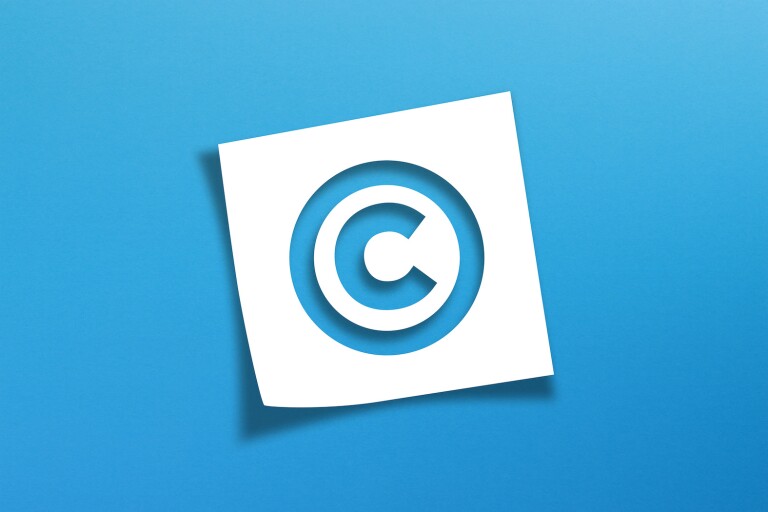From time to time instructors may want to include in their courses copyrighted materials like images, print content, audio recordings, or videos. The University of Minnesota Libraries define copyright as “the area of law that deals with creation, ownership, sale, and use of creative and expressive works.”
The fair use doctrine is an exemption within copyright law that allows for flexibility among users and creators of copyrighted content. Educators commonly benefit from the fair use exemption because they are more capable of meeting the criteria set forth in the exemption.
Moreover, “the TEACH Act expand[ed] the scope of educators' rights to perform and display works and to make the copies integral to such performances and displays for digital distance education, making the rights closer to those . . . in face-to-face teaching” (Harper, 2016).
Although copyright law is inherently broad and nonspecific, which can leave educators feeling uncertain about their options, it’s also flexible, which is an asset. As such, there are a number of resources and strategies to consider that can assist you with incorporating copyrighted content into your course.
Consider the following talking points:
No course surprises. In addition to books, always add films and television shows to the Required Student Materials list and cite any primary visual materials, like films or full television episodes, on the syllabus. Never assume students have access to Netflix, Hulu, iTunes, and/or Amazon services.
Avoid questionable sources. You can link to material outside of Canvas, such as YouTube, but you take the risk that the content will be removed, altered, or low-quality.
Let it rip! If an instructor wants to use specific film or TV clips, they can rip selections from physical media as long as the faculty member acquires the physical content lawfully, either personally or through the university’s collections or transfers (Mittell, 2010). Do not, however, post the ripped content in such a way that it is accessible by anyone other than the students.
How to rip clips? The Chronicle of Higher Education has a how-to guide for Camtasia and Handbrake. Keep in mind Camtasia and Handbrake require a DVD-ROM drive to operate and media that has been lawfully acquired, such as DVDs in library and department collections.
Manipulate multimedia content. Critical Commons demonstrates the transformative properties of instruction when applied to copyrighted content. Record a Camtasia voiceover while playing video content. Utilize Evercourse components, like EverPoll and flashcards, to provide opportunities for analysis and lines of inquiry for the students to engage with, which also guarantees the media meets fair use guidelines.
Make your own videos! Some of Everspring’s partners, such as SCU and KU, both have high-quality production facilities. You should should check what options and services exist at your institutions.
Ask a librarian. Encourage faculty to work with their university’s library and to ask questions. Faculty may not realize their library provides a variety of licensing options or special services.
The following resources can support instructors in their search for accessible multimedia:
- Kanopy is a subscription streaming service used by university libraries to curate requested video material for faculty, similar to an E-reserve course packet, that can be accessed by students. KU, W&M, and SCU faculty have access to Kanopy through their institutions and will need to contact the libraries to utilize it. Other similar services include Docuseek2, Alexander Street, and JoVE and HSTalks for the STEM field.
- Consult the public domain. Content in the public domain includes the Moving Image Archive, the Library of Congress Jukebox and collections that are considered “free to use,” NASA images, Google Books, and Project Gutenberg. “Public domain works are freely available for use without restriction. A copyrighted work enters the public domain when the term of copyright protection expires or when its creator chooses to place the work in the public domain” (Ferria, Lovett, & Rathemacher, 2013).
SCU’s library attempts to curate physical and streamable film materials by request if they are not available in the library’s physical collection or through Kanopy.
References
Copyright basics. (2011, March 2). University of Minnesota Libraries.
Ferria, A., Rathemacher, A., & Lovett, J. (2013, May). Fair use and copyright for online education: Alternatives to fair use. University of Rhode Island Libraries.
Harper, G. (2013). Teach Act. Copyright Crash Course, LibGuides. University of Texas Libraries.
Mittel, J. (2010, July 27). Letting us rip: Our new right to fair use of DVDs. The Chronicle of Higher Education.

